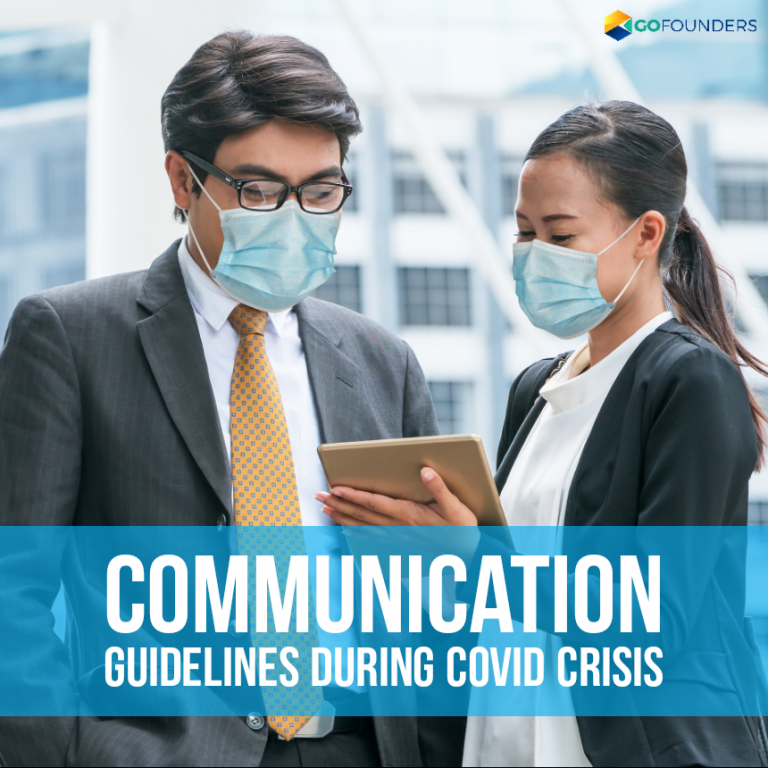
As the world adjusts to the new normal of social distancing to contain the spread of the COVID-19 pandemic, marketers must explore the best ways to respond to the crisis. Here’s how marketers can plan and execute future COVID-19 communications.
As the effect of the COVID-19 pandemic continues to reverberate, various sectors of the economy are confronting a different type of menace. The Corona outbreak has had a significant impact on businesses across all industries, and marketing is no exception. Around 70% of marketers worldwide say that COVID-19 has had a severe effect on their brand and content marketing strategies. At these challenging times, staying connected to customers is the key to adapting to changing market conditions and ensuring business continuity in the post COVID era.
Assess existing communications and advertising
As customer buying behavior and spending patterns have dramatically changed due to the COVID-19 pandemic, marketers must keep a continuous track of the prevailing consumer sentiment and market trajectory to plan better contingency strategies. Initially, marketers must assess the pre-scheduled emails, social media posts, and marketing communication and make sure that irrelevant content is not published during these uncertain times. In certain cases, you may have to pass a triggered message for a few months, while you’ll need to modify the content in other cases. At this uncertain time, businesses can focus on communicating with their valuable customers regarding changes they may be making, share sanitization procedures, and encourage support. This can help brands to reduce customer churn and enhance customer communication.
What to Communicate and When?
Customers’ needs vary with the crisis life cycle, s such, marketers should be thinking about what matters most in the given moment. As a business leader, you must also focus on updating customers regarding all the changes that you undertake to contain the spread of the virus. These might include changes in hours of operation, limits on customers who can visit the location, and changes in the availability of high-demand products. Besides, marketers must frequently communicate about online and home delivery options, refund and cancellation policies, and postponement of events. These frequent messages will help you enhance customer communication and improve customer loyalty. Also, clear and periodic communications can help businesses to efficiently communicate the safety precautions taken to combat the COVID-19 challenges and regularly update customers regarding their progress.
Who should you communicate to?
At these times, brands must keep their customers engaged, but try avoiding using bulk communications. Also, avoid communicating with everyone in your database as it’s not the best approach. Initially, identify your target customers’ needs and requirements and group customers with similar characteristics together. By doing so, you can personalize marketing strategies for different groups and drive maximum sales. Personalized customer communication is considered as the best approach for marketers to reach out to the right set of customers and thrive in the post COVID era.
Which Channels to Use?
Marketers must thoughtfully allocate the marketing budget across various channels. At these unprecedented times, marketers must identify channels that drive maximum conversion and focus on the efforts. As customers are spending more of their time at home, smartphone usage is on the rise. As a consequence, usage of social media channels such channels as Facebook, Instagram, LinkedIn, Twitter, Medium has increased. So, marketers can leverage social media marketing to enhance customer communication and stay connected to customers.
In addition to this, businesses can consider using push and inbox push messages to alert customers of changes in services and policies. B2B firms can also consider conducting online presentations and webinars to best communicate with their customers and prospects.
How to Optimize Marketing Budget?
The COVID-19 has the potential to trigger an economic crisis. So, marketers must efficiently spend their marketing budget on various channels. Marketing leaders will need to focus on an ROI-driven approach and have a strategic cost optimization plan. As past customers are 3X more likely to convert than new customers, you can focus on targeting valuable customer segments. Try to avoid across-the-board cuts. Instead, look for ways to drive efficiency in the current environment. Besides, follow these steps to drive cost optimization.
- Benchmark to get a baseline
- Identify critical points in the budget
- Identify noncritical points to reduce or eliminate
- Determine the cost optimization approach
- Communicate plans to stakeholders
Summary
It’s high time for marketers to revamp their traditional marketing strategies and efficiently reallocate their marketing budget. There’s no denying that these are challenging days. But businesses must adjust to this ‘New Normal’ to thrive in the post COVID era.


